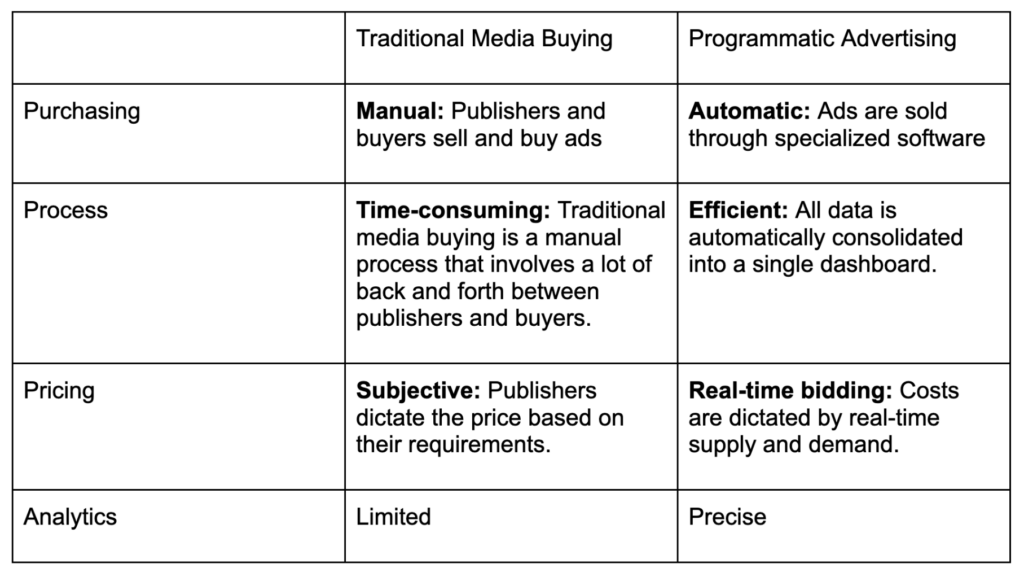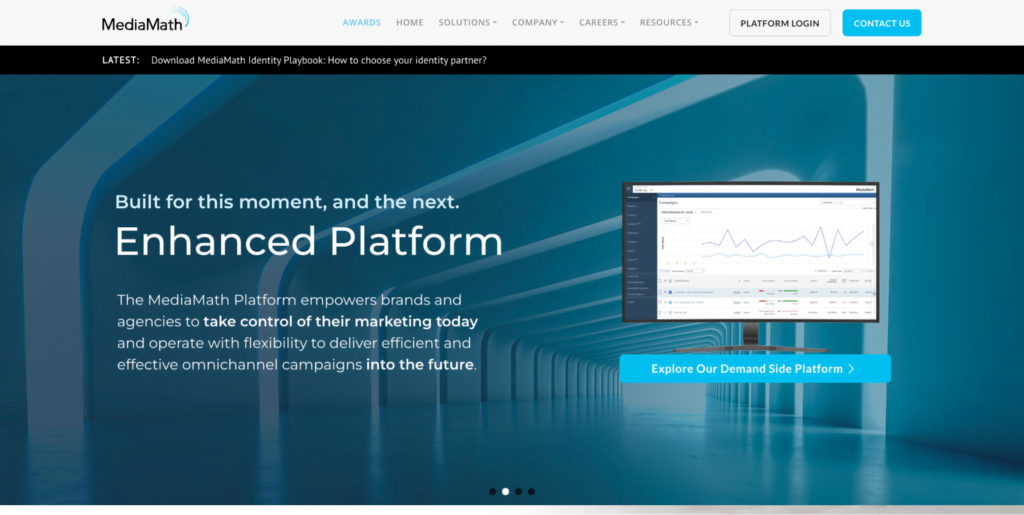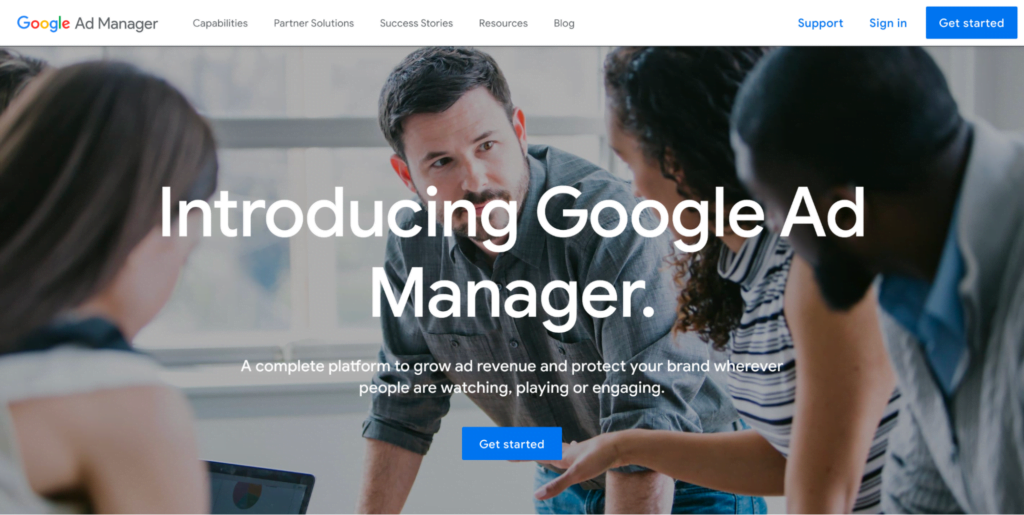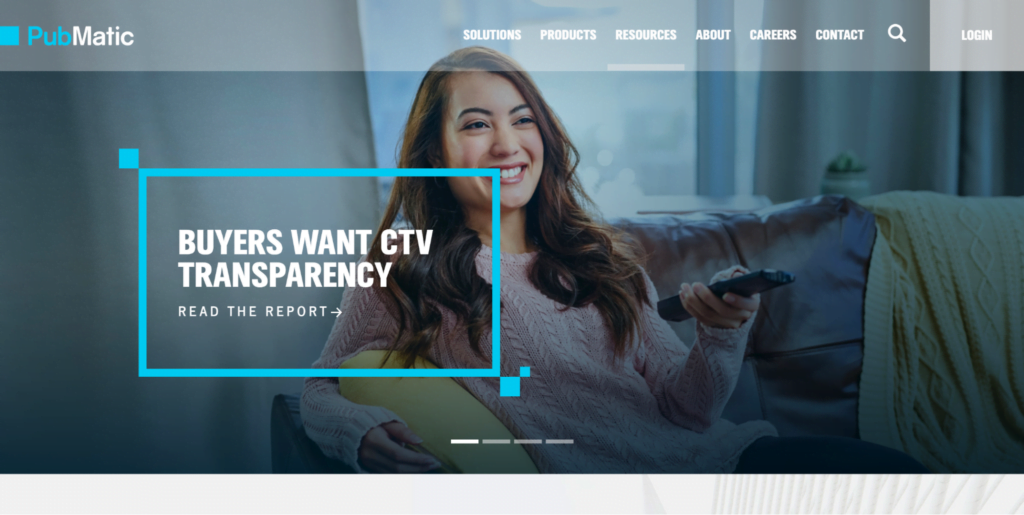
Programmatic advertising is a technology-focused approach that allows marketers to reach niche customers, speed up the media buying process, and reduce ad spending.
When it comes to advertising, healthcare professionals (HCPs) have it harder than other industries. For instance, they need to consider factors like specific behaviors and life experiences before qualifying customers as leads.
HCPs also face issues like security and data privacy when adopting new technologies. But when the 2020 pandemic struck, HCPs everywhere realized the importance of adapting to digital methods to promote their services and better engage with customers.
This is where programmatic advertising has proven helpful.
In this article, you’ll learn about programmatic advertising and how it can benefit medical practices. We’ll also discuss the latest programmatic advertising costs and platforms.
Programmatic advertising uses automated software to buy, sell, and optimize digital ads across various channels like display, social, video, audio, and connected TV (CTV).
Marketers buy digital ads in real-time — often as visitors load a website. As the site loads, the software captures the customer profile and puts it up for auction.
When the customer’s profile fits their criteria, advertisers bid to have their ad shown — with the impression awarded to the highest bidder. This process happens within the system in seconds, bypassing the laborious parts of traditional media buying.
Unlike traditional media buying, programmatic advertising considers each website visitor, giving advertisers a better chance to reach their target audiences.
Programmatic advertising is a direct response to the tedious procedure of traditional media buying, which involves requests for proposals, quotes, negotiations, and agreements.
With traditional media buying, publishers calculate ad costs based on requirements. This means costs are subjective and tend to be higher than other forms of advertising.
Plus, traditional campaigns often display the same ads to all site visitors, so advertisers can’t be sure if their ads reached the desired audience.
Advertisers also have to wait until after the campaign to receive analytics reports. Only then can they use those reports to tweak their marketing strategy.
With programmatic advertising, everything happens within the platform, eliminating unnecessary back and forth between advertisers and publishers.
The platform considers visitor profiles and matches them to advertiser requirements. Advertisers receive real-time audience reports, so they can instantly modify their campaigns.
Plus, the system automatically calculates ad cost, which depends on supply and demand, so you’re sure to get a fair price.

More marketers are embracing programmatic advertising.
U.S. advertisers spent $106 billion on programmatic ads in 2021 — up 42.1% from 2020.
Moreover, an Insider Intelligence report estimates that by 2023, 91% of display ad spending will be transacted programmatically.
Here are some top benefits of programmatic advertising:
Programmatic advertising campaigns operate on a cost-per-impression (CPM) model. This means campaign costs are determined per 1,000 ad impressions.
Ad costs depend on factors like:
As a rule of thumb, marketers should expect to pay more for niche audiences, better ad placement, and popular industries.
According to Outbrain, average CPMs for programmatic ads range from $0.50 to $2. In comparison, social media advertising can go as high as $6-7 per CPM, and traditional newspaper or Google search ads can go as high as $47.
Programmatic advertising costs less and can stretch your limited ad budget by up to 20 times.
Use the IAB Programmatic Fee Transparency Calculator to estimate programmatic ad costs.
Programmatic advertising requires three different platforms.
DSPs allow advertisers to bid for ad impressions on publisher websites. Advertisers set filters for their target audiences using criteria like location, age, gender, and more.
MediaMath is one of the earliest and most popular DSPs in the market.
It partners with over 3,500 advertisers to run campaigns across CTV, display, mobile, video, and audio platforms, and targets audiences based on first-party data, audience segments, location, technology, and more.

SSPs use automation to help publishers sell ad space on their apps and websites. They work with ad networks to connect publishers with advertisers.Publishers use an average of six SSPs to sell ad space, but Google Ad Manager remains the industry leader. Its advanced system supports video, mobile, display, and native ads and adheres to safety protocols.

Ad exchanges (or ad networks) connect advertisers and publishers. PubMatic is an industry-leading, full-stack advertising platform that functions as an SSP and ad exchange. It handles over 171 ad impressions daily and integrates with various security tools to ensure safety.

Programmatic advertising has been a godsend for the healthcare industry, helping marketers achieve their goals. Advertisers can share campaigns on different media, but CTV remains the healthcare industry’s preferred platform.
According to research from the healthcare advertising platform DeepIntent, programmatic CTV ads increase awareness about medical and pharmaceutical products.
Fifty-five percent of patients report doing their own research (including speaking to people currently taking the drug) after seeing a pharmaceutical ad. Additionally, 36% say pharma ads make them feel more informed when discussing treatment options with their doctor.
Programmatic advertising has been so effective that 69% of U.S. pharma marketers are embracing it and allotting 5 out of 10 digital advertising dollars for programmatic messaging.
Because of that, the healthcare industry also enjoyed the second-highest growth rate in digital ad spending in 2021. Emarketer estimates the healthcare industry spent $9.5 billion on digital ads in 2021 — a 14% increase from 2020, just behind consumer electronics.
Programmatic advertising has become one of the healthcare industry’s most effective marketing strategies. It allows healthcare marketers to automate digital inventory, reach niche audiences, and reduce ad spending.If you’re looking to step into programmatic advertising for your medical practice, get in touch with our experts and find out how we can help you reach your goals faster.
[Updated on June 26th, 2023]
Programmatic advertising is an automated method of buying and selling digital ad inventory, utilizing algorithms and data to target specific audiences and optimize ad placements in real time.
Programmatic advertising works by using sophisticated software and algorithms to analyze user data, determine ad placement opportunities, and automatically bid on and purchase ad inventory that aligns with the advertiser’s target audience and goals.
Programmatic advertising offers benefits such as precise audience targeting, increased efficiency and scalability, real-time optimization, and the ability to track and measure campaign performance more effectively.
Yes, programmatic advertising encompasses various formats, including display ads, video ads, native ads, and even audio ads, enabling advertisers to reach their target audience across multiple channels and devices.
Programmatic advertising leverages data-driven insights and targeting capabilities to ensure ads are delivered to the right audience at the right time, optimizing performance by maximizing relevance and minimizing ad waste.